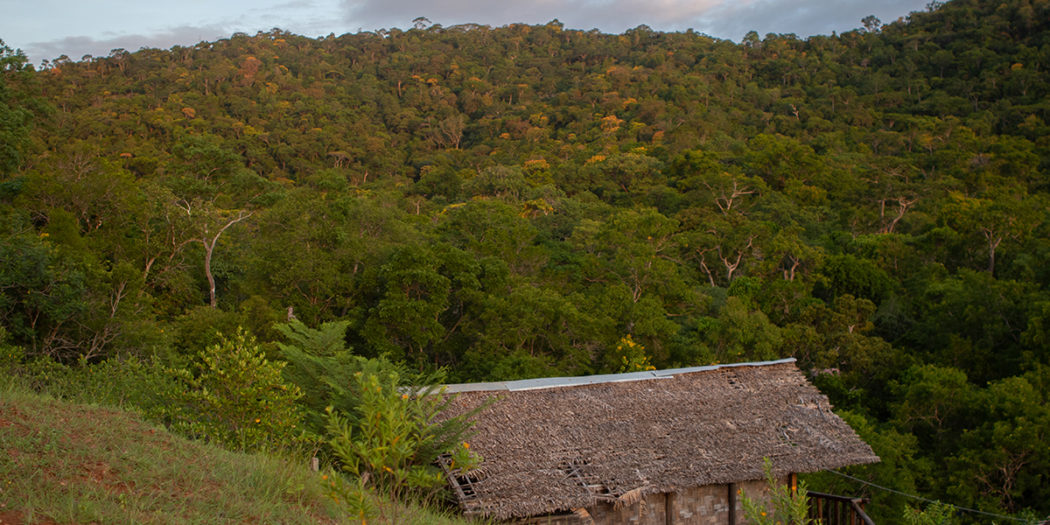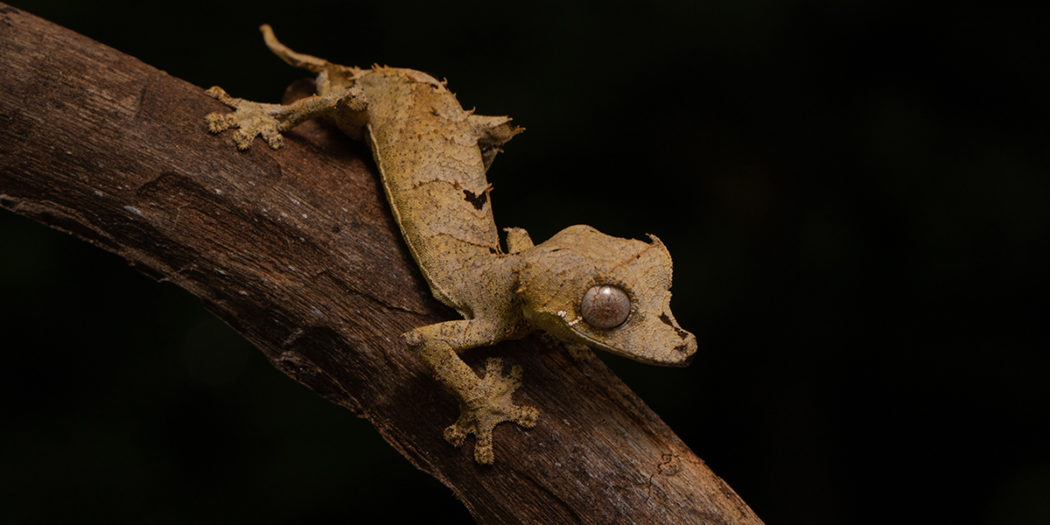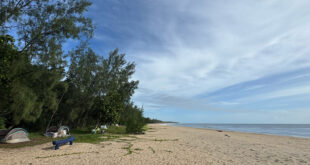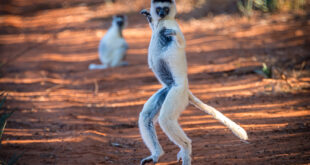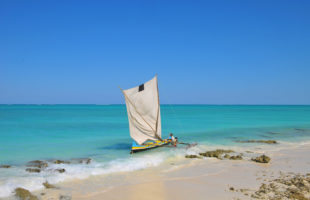Loky Manambato:
This reserve is named after the two rivers that flow through it: Loky and Manambato. It is home to the last lemurs of its kind. In this remote part of Madagascar, you are rewarded with fantastic photo opportunities and unique experiences that may not be possible anymore in a few years.
Location:
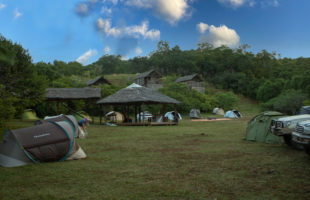
Daraina, a small village directly within the protected area, lies in the northeast of Madagascar at the RN5a, which leads from Ambilobe to Vohémar. From the capital Tana there are flights to Antsiranana (Diego Suarez) and Sambava. The road from Sambava to Vohémar is easily passable. Until recently, the only 40 km from Vohémar coming from the east towards Ambilobe were hardly passable even in the dry season. In 2022, however, the RN5a was asphalted and is currently well passable. Some parts are only gravelled. From Ambilobe it is about 120 km, which can currently be covered in two to three hours.
Information about the protected area:
The area has only been under protection since 2005 and has since been managed by the non-governmental organisation Fanamby. All shares of Loky Manambato are spread over an area of 2500 km². Of these, only 710 km² are dry forests, mangroves and savannahs. A small part of 150 km² is a marine reserve, which includes eight smaller islands and a coral reef. The protection efforts are still in their infancy. Crop cultivation is hardly possible in the dry area; zebus are a main source of income. In addition, gold miners have been a major problem in the area for some years. In their search for valuable precious metal, they dig up the ground around Daraina everywhere, sift through rivers and destroy forests. As a result, the habitat of the last Golden Crowned Sifakas is dwindling more and more every day. For the rare lemurs and all the other native animals there to have any chance of surviving in the long term, the region urgently needs more nature-loving travellers. Any traveller who generates revenue in this inhospitable area can show the locals that protecting their natural wonders is worthwhile and a long-term, sustainable alternative to destroying the unique wilderness. Only if the locals can survive by ecotourism in the long term, the Golden Crowned Sifakas will have any hope for the future.
Climate:
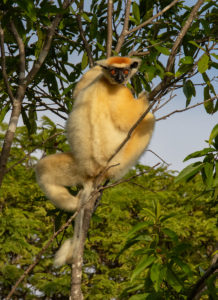
In the protected area around Daraina it is one thing above all: very hot. Temperatures around 40°C are not uncommon, and it is extremely dry outside the rainy season. Even at night the temperatures hardly ever drop below 25°C. You have to bring enough water here, you can’t buy one on the spot.
Infrastructure:
Due to its poor accessibility for years and the so far only rudimentary protection efforts, there is almost no tourist infrastructure. The only accommodation created for travellers is Camp Tattersalli, which is managed by Fanamby. It consists of eight rustic bungalows with running water, toilets and a covered dining area. Electricity is usually available at night via a generator. Unfortunately, the camp has suffered a lot from the Corona pandemic; currently (as of 2022), the huts are in catastrophic condition and not usable. However, tents can be erected without any problems. Apart from Camp Tattersalli, there are no hotels, lodges or even a paved campground in the area. Rudimentary accommodation is offered in Daraina itself. Food, drinking water, petrol and all other daily necessities should also be taken in sufficient quantities from Ambilobe or Vohémar. A guide can be organised locally, but you should not expect particularly good English or animal knowledge.
Flora and Fauna:
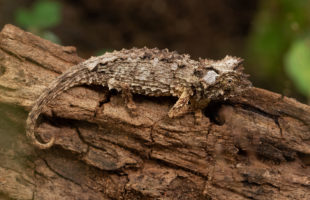
The forest near Daraina is Madagascar’s best place to see the rare Golden Crowned Sifaka. These white lemurs with the golden markings have been listed by IUCN red list for years as threatened with extinction, but the protection efforts are still very limited. There is only this one, tiny population of the Golden Crowned Sifakas worldwide. In the same forest, with a little luck and patience, travellers can see an undescribed type of fork-striped lemurs that was only discovered in 2010. And also a third very, very rare lemur is native to this protected area: the Daraina sportive lemur (Lepilemur milanoi), which is also only found here. Reptile lovers can find chameleons (Furcifer petteri, panther chameleons and Brookesia ebenaui), various geckos (Paroedura) and leaf-tailed geckos (Uroplatus garamaso, Uroplatus ebenaui and Uroplatus fetsy). A total of 10 lemur species, about 130 different birds, about 75 reptile species and even more than 35 amphibian species are said to exist here.
In short: If you want to experience the last natural wonders of Madagascar up close, you should definitely come here as soon as possible! In a few years, the forest could have completely disappeared without many people noticing it.
 MADAMAGAZINE Your Magazine about Madagascar
MADAMAGAZINE Your Magazine about Madagascar


